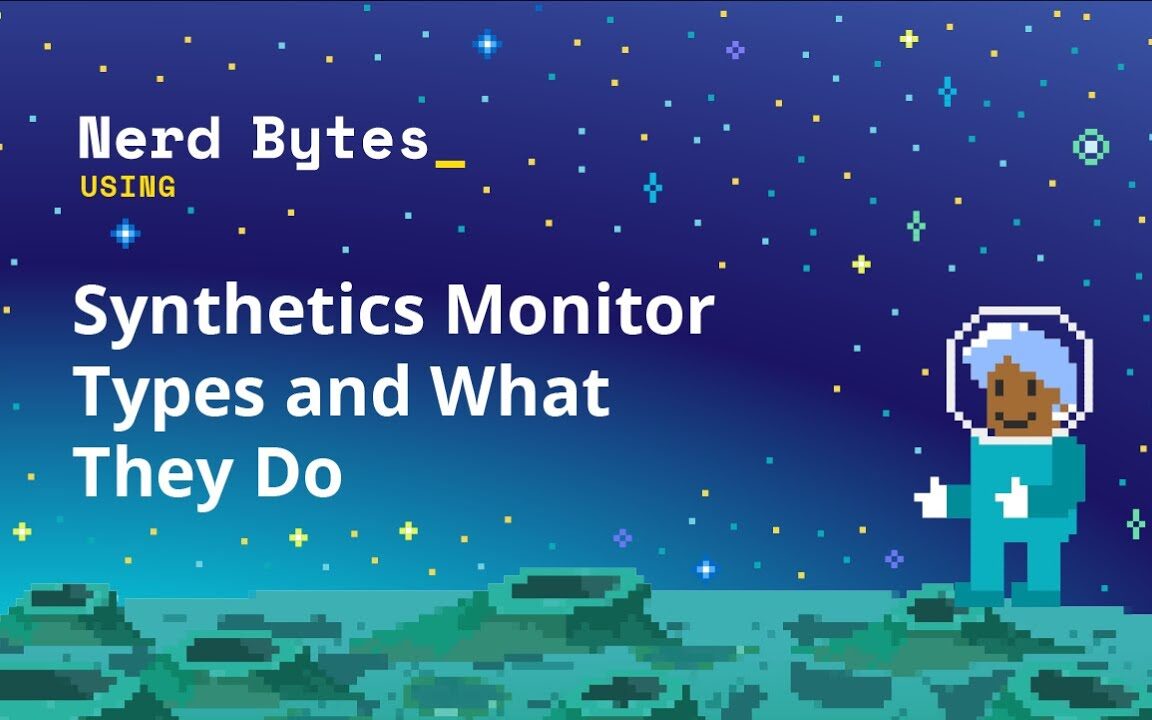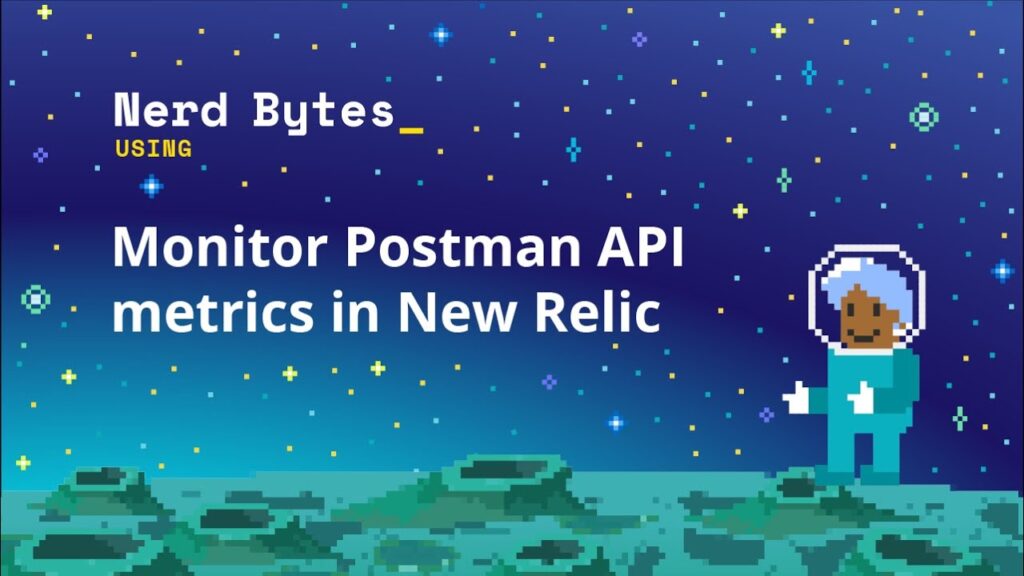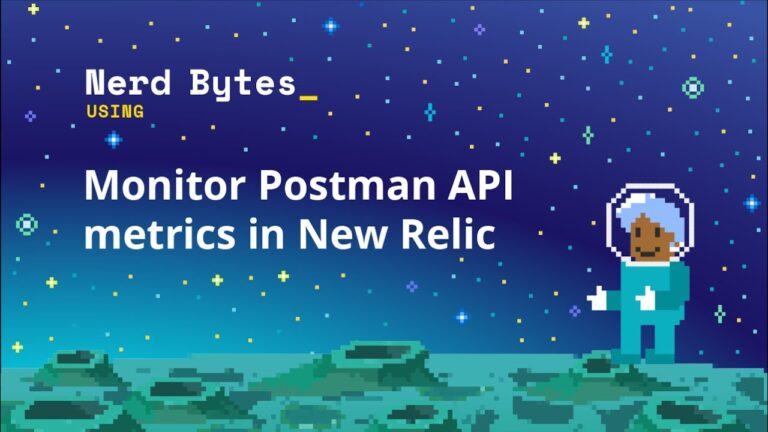In the dynamic world of web applications, ensuring seamless performance and user experience is paramount. This is where synthetic monitoring comes into play, and New Relic is a formidable tool for the job.
Power of Synthetics Monitoring in New Relic: A Step-by-Step Guide
In this comprehensive guide, we’ll walk you through the process of getting synthetics monitoring to work effectively in New Relic. By the end, you’ll be equipped to proactively monitor your applications and deliver a flawless user experience.
Read Also: How to Increase Girth Size Permanently: Tips and Techniques
Understanding Synthetics Monitoring
Synthetics monitoring is the practice of simulating user interactions with your web application to assess its performance, availability, and functionality. New Relic offers a robust solution for synthetics monitoring, enabling you to detect issues before they impact your users.
Getting Started with New Relic Synthetics Monitoring

1. Sign Up for New Relic
If you’re not already a New Relic user, start by signing up for an account. You can choose from various pricing tiers, including a free plan for smaller applications.
2. Install the New Relic Agent
To begin synthetics monitoring, you’ll need to install the New Relic agent on your web server. Follow the installation instructions provided by New Relic to ensure a seamless setup.
3. Access the New Relic Dashboard
Once the agent is installed, log in to your New Relic account and access the dashboard. You’ll find the Synthetics tab on the left-hand sidebar.
Read Also: Unveiling the Power of 3D Digital Billboard Technology
Creating Your First Synthetics Monitor

4. Click “Create a Synthetics Monitor”
In the Synthetics tab, click the “Create a Synthetics Monitor” button. This will initiate the setup process.
5. Choose Your Monitor Type
New Relic offers various types of monitors, including ping, simple browser, scripted browser, and API tests. Select the type that best suits your monitoring needs. For instance, use a scripted browser monitor to simulate user interactions with complex web applications.
6. Configure Monitor Settings
Fill in the required information, such as the monitor name, URL, and location from which the monitor should run. You can also specify alert conditions to be notified of issues.
7. Script Your Monitor (If Applicable)
For scripted browser and API tests, you’ll need to create a script that defines the interactions you want to simulate. New Relic provides a user-friendly script builder to help you with this task.
8. Schedule Your Monitor
Set the monitoring frequency according to your requirements. You can choose from options like minute-by-minute, hourly, or custom schedules.
9. Save and Run Your Monitor
After configuring all the settings, save your monitor and initiate the first run. New Relic will start monitoring your application as per the defined schedule.
Read Also: Instagram Marketing: Guide to Growing Your Instagram Business
Monitoring and Troubleshooting

10. Review Monitor Results
Regularly check the monitor results in your New Relic dashboard. You’ll be able to see response times, error rates, and other critical performance metrics.
11. Set Up Alerts
Configure alerts based on your monitoring data. New Relic allows you to set up email, SMS, or other notification channels to stay informed about issues in real-time.
12. Analyze and Optimize
Use the insights from synthetic monitoring to identify performance bottlenecks and optimize your web application. This iterative process ensures continuous improvement.
Read Also: How to stop overthinking and negative thoughts | 7 Effective Strategies
Conclusion
By following these steps, you can harness the power of synthetics monitoring in New Relic to proactively identify and address performance issues. With real-time insights and alerts, you’ll be able to deliver a seamless user experience and maintain the health of your web applications.
Stay ahead of the curve with New Relic’s synthetics monitoring, and keep your users delighted with top-notch performance. Start monitoring today, and watch your web applications thrive.
FAQs

1. What is Synthetics Monitoring in New Relic?
Synthetics Monitoring in New Relic is a powerful tool that allows you to proactively monitor the performance of your applications and websites. It simulates user interactions to ensure everything is running smoothly.
2. How Do I Set Up Synthetics Monitoring in New Relic?
To set up Synthetics Monitoring in New Relic, follow these steps:
- Log in to your New Relic account.
- Go to the Synthetics section.
- Click on “Add a New Monitor.”
- Choose the type of monitor (e.g., Ping, HTTP, or Browser).
- Configure the monitor settings, including the URL and frequency.
- Save your monitor, and it will start collecting data.
3. What Are the Key Benefits of Using Synthetics Monitoring in New Relic?
Using Synthetics Monitoring in New Relic offers several benefits, including:
- Early detection of performance issues.
- Improved user experience.
- Real-time alerts for downtime or errors.
- Historical data for trend analysis.
4. How Can I Customize Alerts for Synthetics Monitoring in New Relic?
To customize alerts for Synthetics Monitoring in New Relic, go to the Alerts & AI section and create alert policies based on specific conditions such as response time thresholds, error rates, or availability.
5. Can I Integrate Synthetics Monitoring with Other New Relic Products?
Yes, Synthetics Monitoring can be seamlessly integrated with other New Relic products like APM (Application Performance Monitoring) and Infrastructure Monitoring to provide a comprehensive view of your application’s health.
6. What Types of Synthetics Monitors Does New Relic Offer?
New Relic provides various types of Synthetics monitors, including Ping Monitors for basic availability checks, HTTP Monitors for monitoring web applications, and Browser Monitors for simulating user interactions in a web browser.
7. How Can I Analyze the Data Collected by Synthetics Monitors in New Relic?
To analyze the data collected by Synthetics Monitors in New Relic, you can use the built-in dashboards and reports, or you can create custom dashboards to visualize performance metrics and trends.
8. Is Synthetics Monitoring in New Relic Suitable for E-commerce Websites?
Absolutely! Synthetics Monitoring in New Relic is ideal for e-commerce websites, ensuring that your online store remains available and responsive to customers, especially during peak shopping seasons.
9. Are There Any Best Practices for Setting Up Synthetics Monitoring in New Relic?
Some best practices for setting up Synthetics Monitoring in New Relic include defining clear alert thresholds, regularly reviewing and updating monitors, and using script validation to ensure accurate testing.
10. Can I Try Synthetics Monitoring in New Relic for Free?
Yes, New Relic offers a free trial period for Synthetics Monitoring, allowing you to experience its benefits before committing to a subscription plan.
Read Also: 75+ Best Captions For Meeting After Long Time
If you enjoyed this post, or if you learned something new, please share it with your friends and followers on social media. You can share it on WhatsApp, Facebook, Instagram, Telegram, Pinterest, Twitter, Google NEWS, Google+, and other social media sites. You can also subscribe to my YouTube channel.

